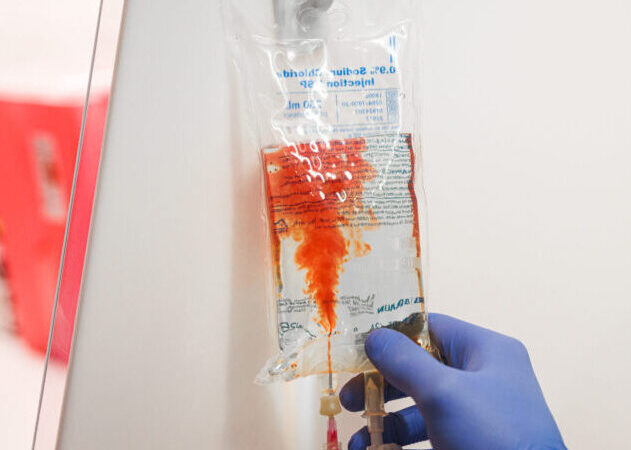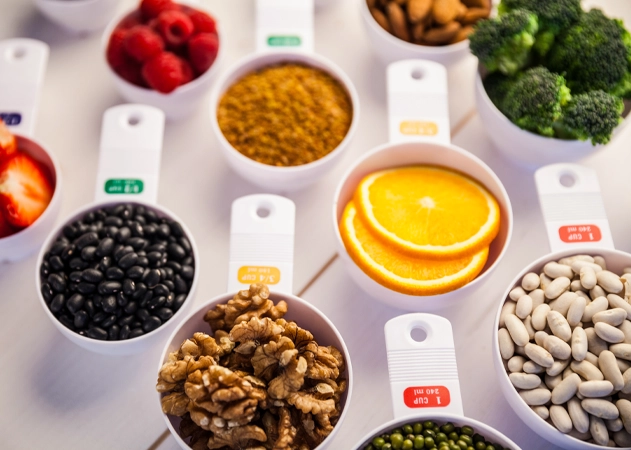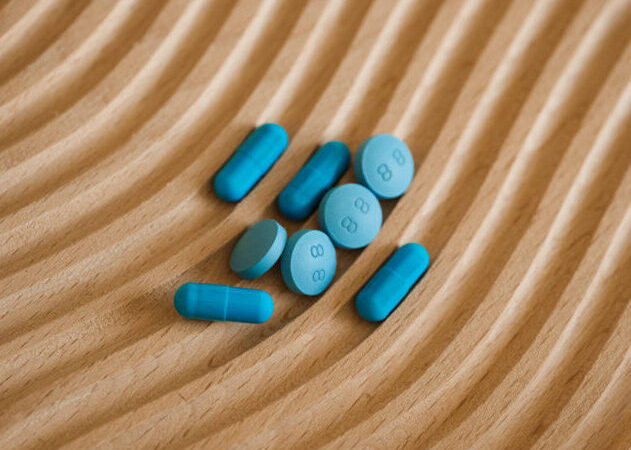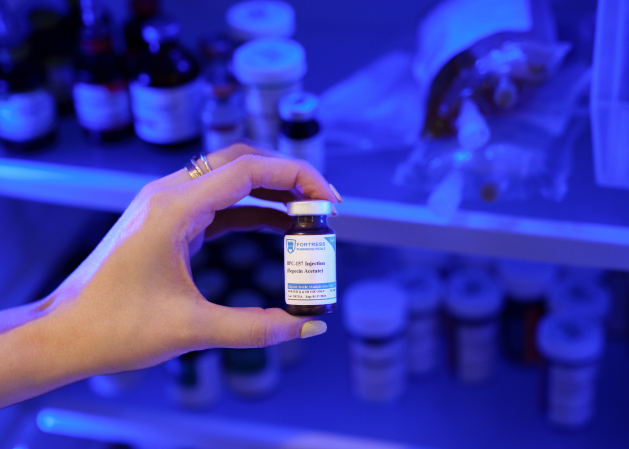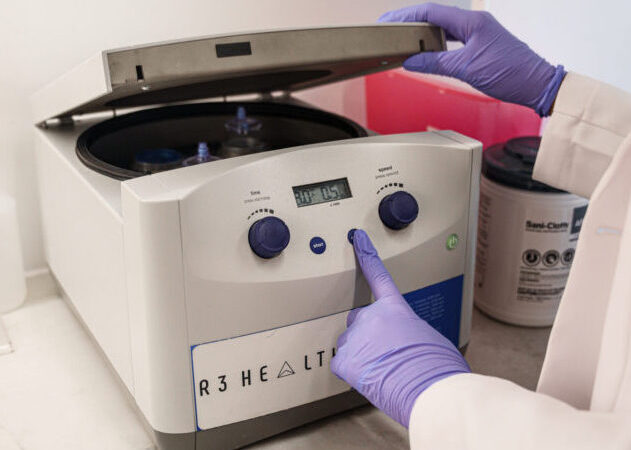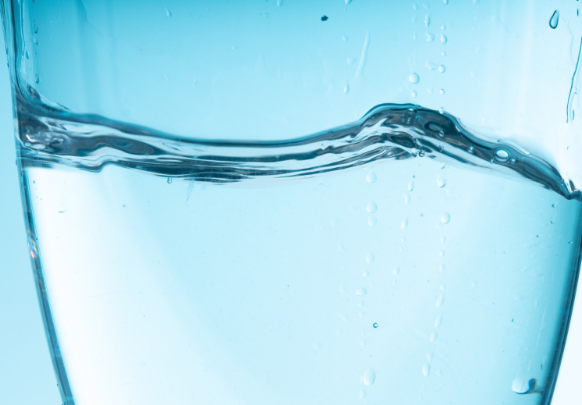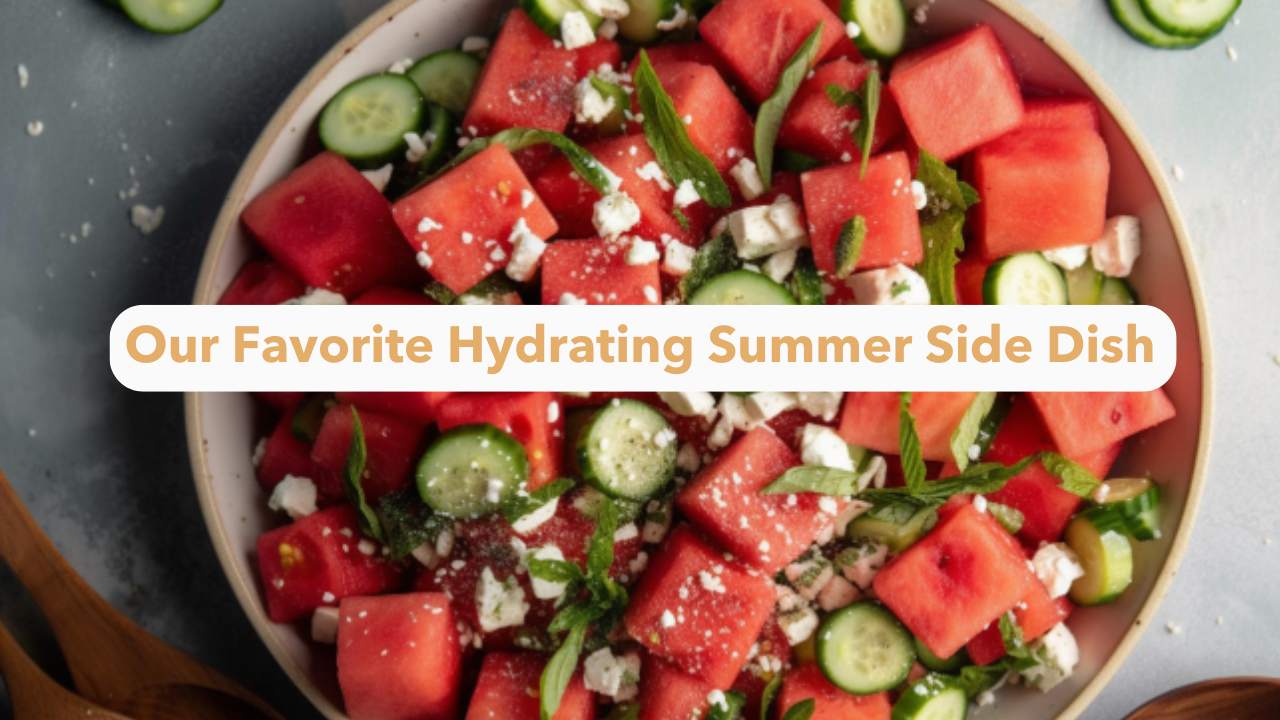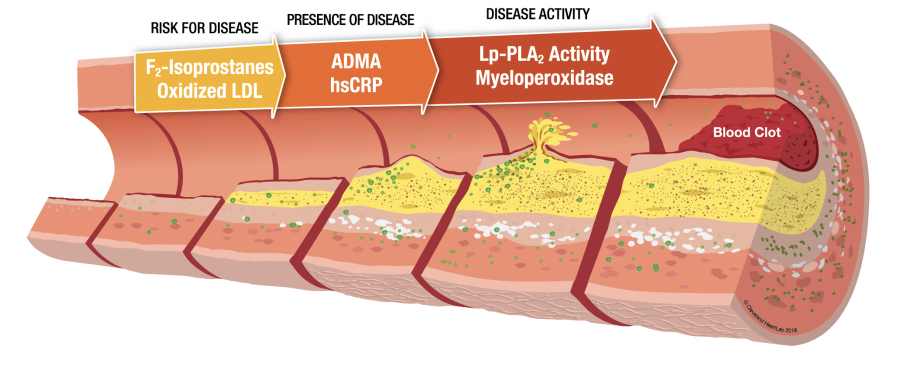It’s commonly known that being well-hydrated is important for overall health, but do you know why? Our bodies are made up of 60% water, which can be found in both the intracellular and extracellular spaces within the body.
Many food sources provide excellent hydration being that they are made mostly of water. These include cucumbers, carrots, leafy greens (e.g., romaine, arugula), berries, melons, and so on. It’s not a coincidence that whenever we eat these foods that we can often feel “refreshed”, because you are in turn consuming food made up of 85%+ water.
Hydration is crucial for so many reasons such as:
– Regulates body temperature
– Helps create urine to aid with detoxification of waste products
– Regulates bowel movements (can help prevent/treat constipation)
– Aids with nutrient absorption (especially for water-soluble micronutrients such as B-vitamins)
– Provides skin moisture and elasticity
It’s recommended to drink ½ of your bodyweight in fluid ounces per day. For example, if you are a 150-pound individual, you would want to drink about 75 fluid ounces per day, which is roughly 9-9 ½ cups of water per day. These recommendations are based off minimum requirements to keep you well-hydrated; however, with increased physical activity comes increased fluid requirements. When we participate in physical activity, we are likely expelling sweat. Excess sweat can lead to fluid and electrolyte loss, which we certainly need to replenish.
Another way of determining fluid needs can be the one-to-one ratio of fluid needs to calorie needs. Calorie recommendations are based on several metrics (e.g., biological age, height) along with a physical activity factor. Depending on how much exercise you partake in on a weekly basis will determine this numerical factor. More exercise means increased calorie needs, which therefore increases the need for fluid intake. For example, if you are recommended to consume a 2,500-calorie diet per day, you’d thereby be recommended to consume 2,500 mL of fluid (~84 fl oz per day).
Aside from sipping on water all day, which is of course going to be recommended, let’s discuss some creative ways of getting extra hydration boosts from the very food we eat. With summer right around the corner, consider the following refreshing meals/snacks:
– Watermelon feta salad
– Cucumber bites with hummus or cream cheese spread, topped with a cherry tomato
– Green juice with spinach, kale, celery, cilantro, green apples, cucumbers
– Fruit skewers (grilled or fresh) using blueberries, strawberries, raspberries, watermelon, cantaloupe, etc.
– Veggie “charcuterie” board with baby carrots, cucumber slices, celery sticks, tomato slices, bell peppers, broccoli/cauliflower with hummus or Greek yogurt veggie dip
– Berry yogurt bark with berries of choice and Greek yogurt (e.g., Two Good, Fage, Siggi’s) (spread out on baking dish, freeze overnight, break pieces apart for “bark”)
– Greek yogurt parfait with berries
– Fruit smoothie with berries, spinach, coconut water, chia/flax seeds
– Veggie wrap with sliced cucumbers, shredded carrots, and sliced bell peppers on a wrap spread with cream cheese or hummus
– Green smoothie with leafy greens, green apple, coconut water, chia/flax seeds
Summer is the best (and hottest) time of the year, so let’s ensure that we’re staying well-hydrated by drinking lots of water and incorporating some of these easy ways of getting extra fluid and hydration into your daily routine!It’s commonly known that being well-hydrated is important for overall health, but do you know why? Our bodies are made up of 60% water, which can be found in both the intracellular and extracellular spaces within the body.
Many food sources provide excellent hydration being that they are made mostly of water. These include cucumbers, carrots, leafy greens (e.g., romaine, arugula), berries, melons, and so on. It’s not a coincidence that whenever we eat these foods that we can often feel “refreshed”, because you are in turn consuming food made up of 85%+ water.
Hydration is crucial for so many reasons such as:
– Regulates body temperature
– Helps create urine to aid with detoxification of waste products
– Regulates bowel movements (can help prevent/treat constipation)
– Aids with nutrient absorption (especially for water-soluble micronutrients such as B-vitamins)
– Provides skin moisture and elasticity
It’s recommended to drink ½ of your bodyweight in fluid ounces per day. For example, if you are a 150-pound individual, you would want to drink about 75 fluid ounces per day, which is roughly 9-9 ½ cups of water per day. These recommendations are based off minimum requirements to keep you well-hydrated; however, with increased physical activity comes increased fluid requirements. When we participate in physical activity, we are likely expelling sweat. Excess sweat can lead to fluid and electrolyte loss, which we certainly need to replenish.
Another way of determining fluid needs can be the one-to-one ratio of fluid needs to calorie needs. Calorie recommendations are based on several metrics (e.g., biological age, height) along with a physical activity factor. Depending on how much exercise you partake in on a weekly basis will determine this numerical factor. More exercise means increased calorie needs, which therefore increases the need for fluid intake. For example, if you are recommended to consume a 2,500-calorie diet per day, you’d thereby be recommended to consume 2,500 mL of fluid (~84 fl oz per day).
Aside from sipping on water all day, which is of course going to be recommended, let’s discuss some creative ways of getting extra hydration boosts from the very food we eat. With summer right around the corner, consider the following refreshing meals/snacks:
– Watermelon feta salad
– Cucumber bites with hummus or cream cheese spread, topped with a cherry tomato
– Green juice with spinach, kale, celery, cilantro, green apples, cucumbers
– Fruit skewers (grilled or fresh) using blueberries, strawberries, raspberries, watermelon, cantaloupe, etc.
– Veggie “charcuterie” board with baby carrots, cucumber slices, celery sticks, tomato slices, bell peppers, broccoli/cauliflower with hummus or Greek yogurt veggie dip
– Berry yogurt bark with berries of choice and Greek yogurt (e.g., Two Good, Fage, Siggi’s) (spread out on baking dish, freeze overnight, break pieces apart for “bark”)
– Greek yogurt parfait with berries
– Fruit smoothie with berries, spinach, coconut water, chia/flax seeds
– Veggie wrap with sliced cucumbers, shredded carrots, and sliced bell peppers on a wrap spread with cream cheese or hummus
– Green smoothie with leafy greens, green apple, coconut water, chia/flax seeds
Summer is the best (and hottest) time of the year, so let’s ensure that we’re staying well-hydrated by drinking lots of water and incorporating some of these easy ways of getting extra fluid and hydration into your daily routine!



